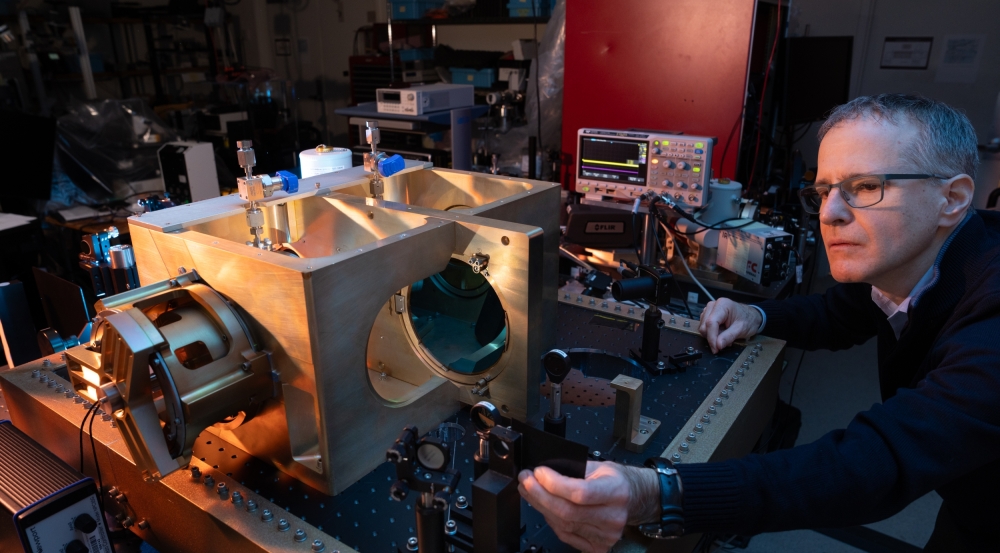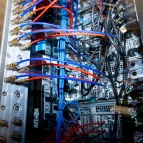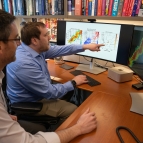Methane Detection Study

Cutting emissions of methane, a potent greenhouse gas, could have a significant impact on slowing the rate of global warming. We are studying how a Laboratory-invented interferometric sensor called Narrowband Imaging Filter Technology (NIFTy) could be applied to enable remote detection of methane leaks. NIFTy is particularly appropriate for the detection of small gas molecules such as methane (CH4). Our calculations show that an airborne NIFTy sensor should provide an order-of-magnitude improvement in the combination of sensitivity and area coverage compared to currently fielded sensors.
We have designed and fabricated a NIFTy sensor specifically configured to detect methane, and we plan to integrate it on an aircraft. Performance of the sensor will be validated by flying over test areas where controlled, measured amounts of methane are released.



